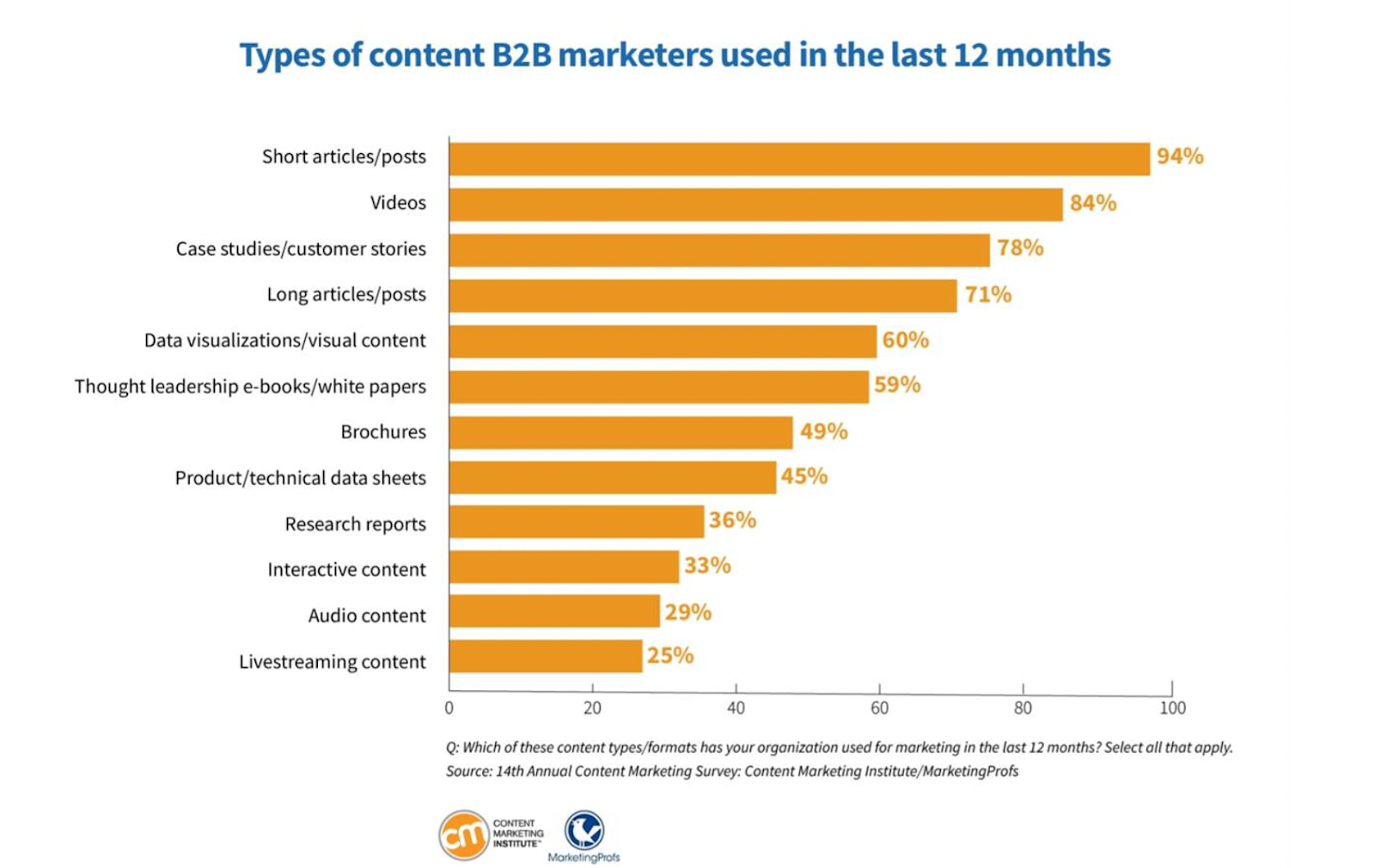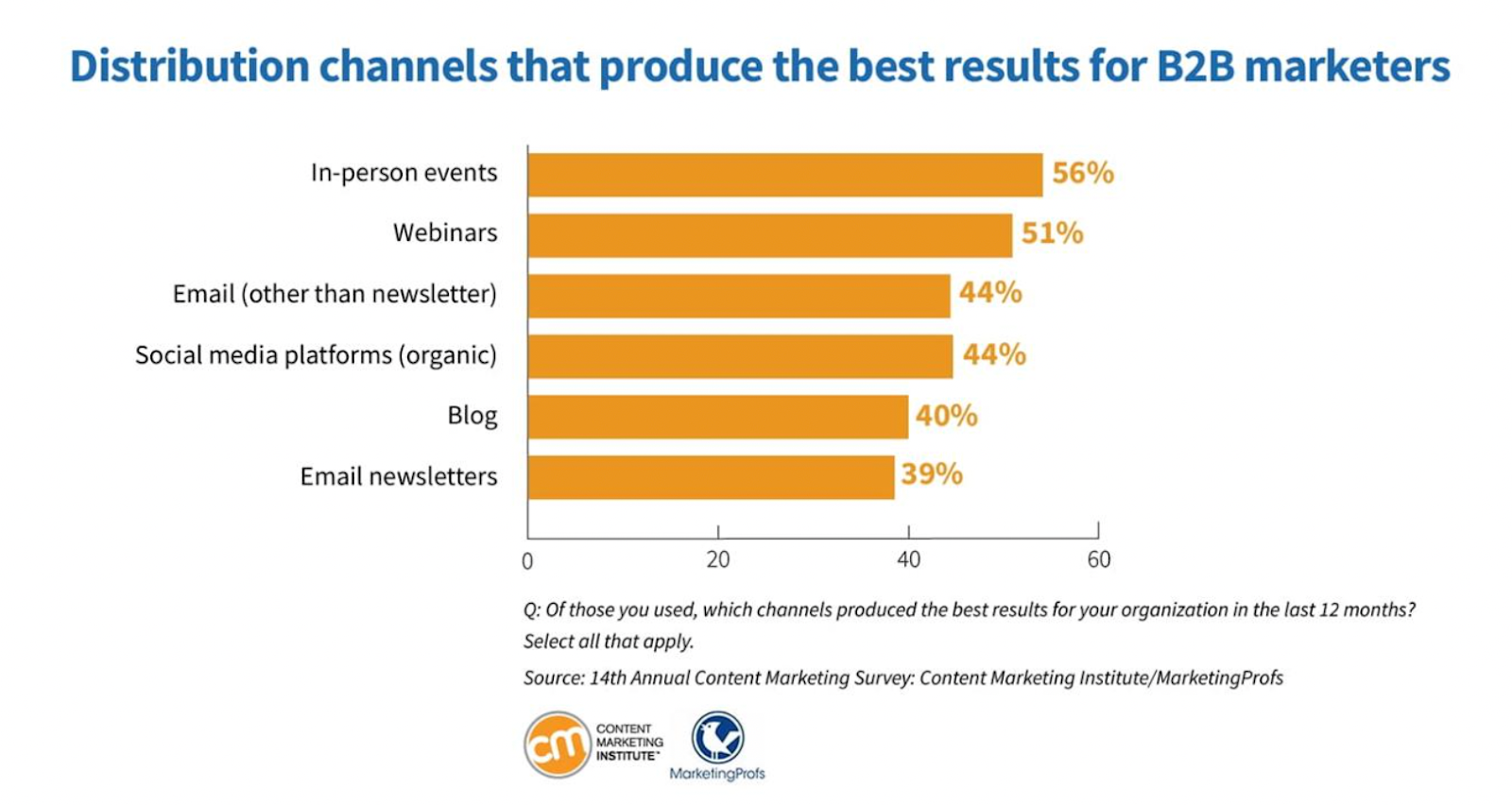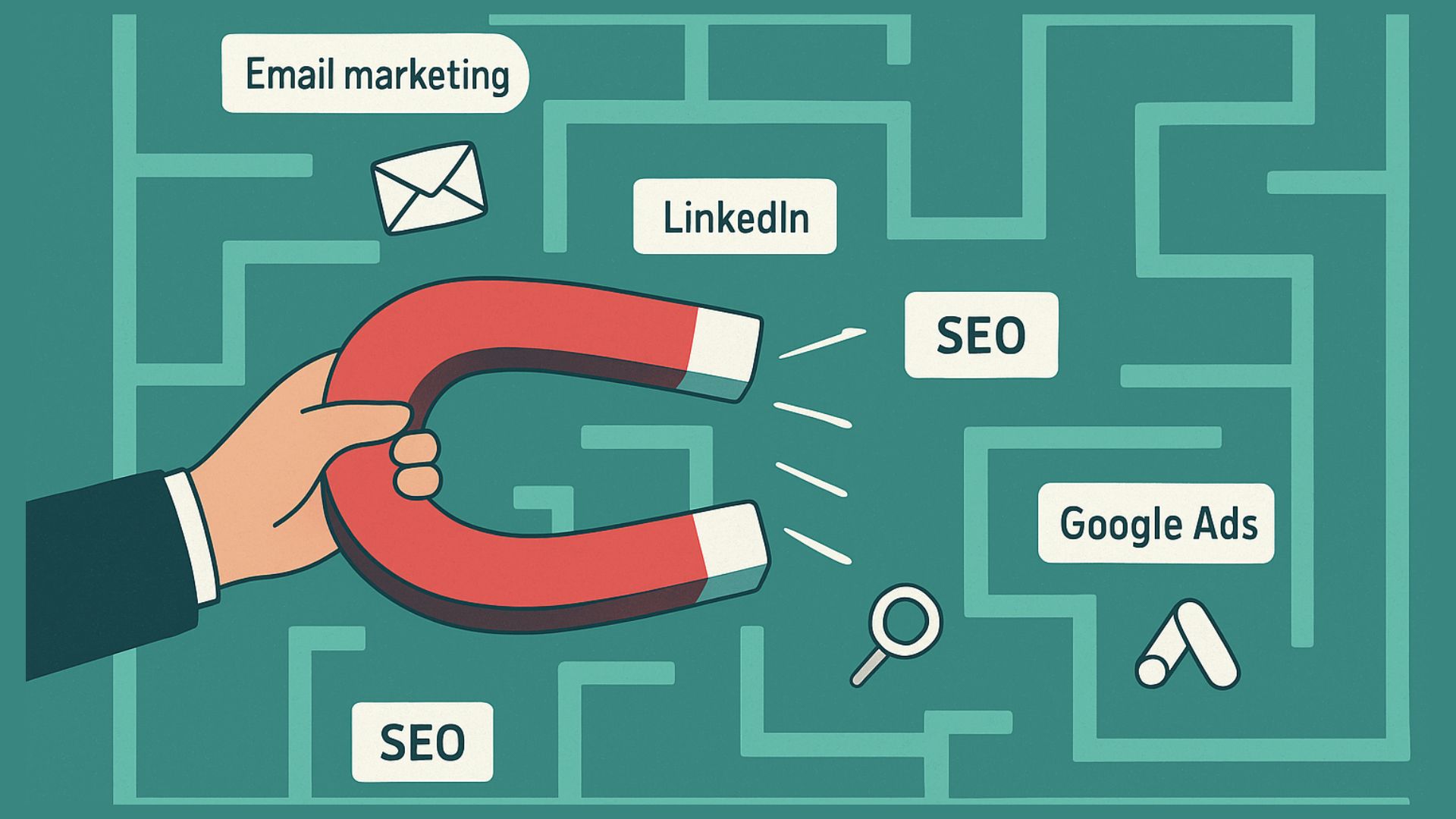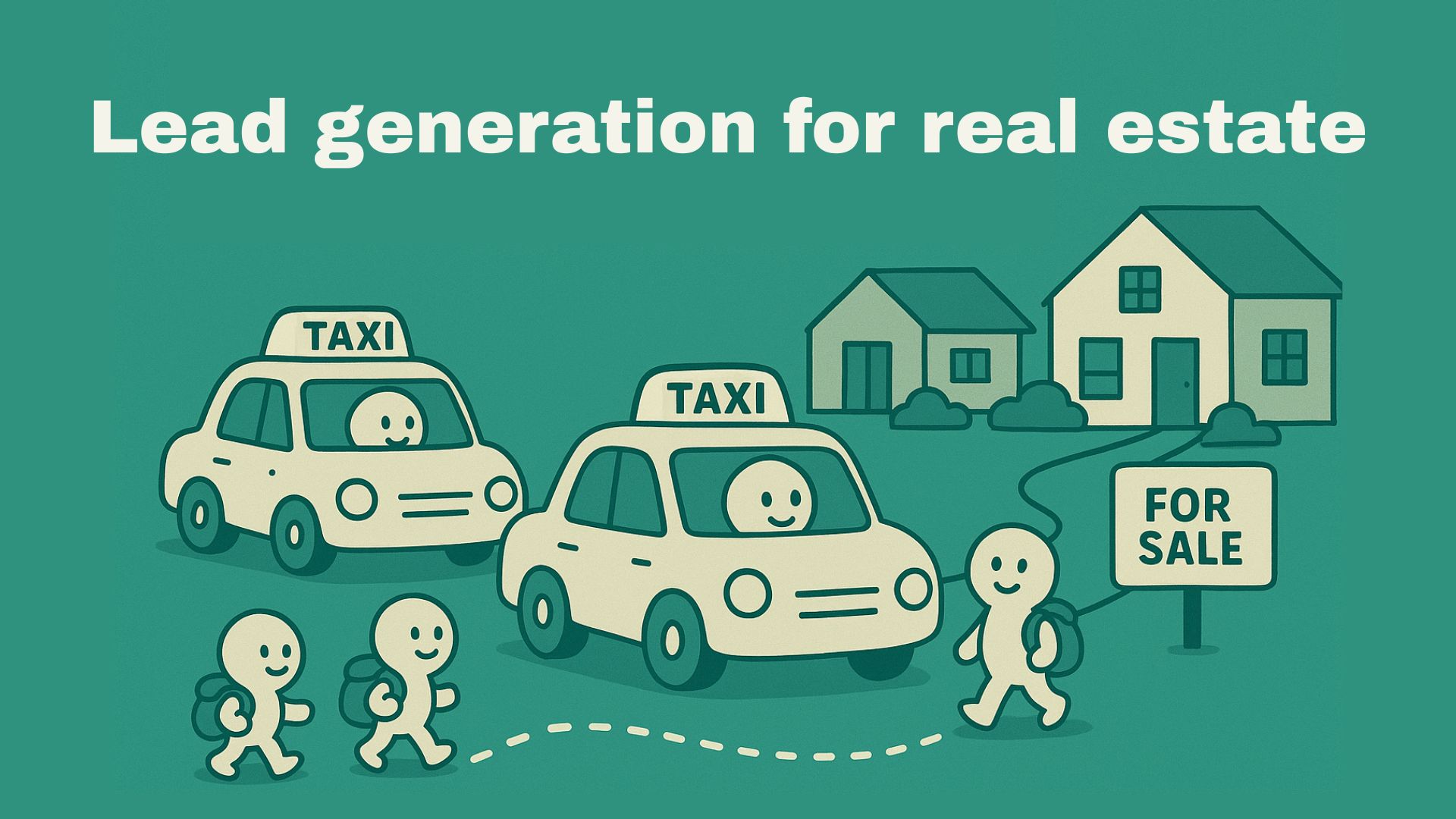

B2B lead generation is the engine that drives growth. Unlike B2C, it requires longer cycles, multiple stakeholders, and trust-building.
This guide explains the process, proven techniques, execution tips, and common challenges. Keep reading!
What is B2B lead generation?
B2B sales typically addressess decision-makers like CFOs, procurement managers, or IT heads - which makes the sales cycle much longer and nuanced.
For instance, a SaaS company might generate leads through LinkedIn campaigns targeting IT directors.
The B2B landscape is highly competitive and lead generation here is crucial for:
- Sustaining revenue growth.
- Maintaining competitive advantage.
- Reducing dependency on random client outreach.
What is the B2B lead generation process?
- Define your ICP (Ideal Customer Profile)
- Build a high-quality lead list
- Multi-channel outreach strategy
- Lead qualification (MQL → SQL)
- Lead nurturing
- Handoff to sales & conversion
- Measure & optimize the funnel
Proven B2B lead generation techniques
Content marketing: Create valuable content like whitepapers, blogs, case studies, and webinars to establish authority and attract leads organically. Video is key. With Youtube being the second largest search engine, creating how-to and product demonstrations can bring in leads too.
According to marketingprofs, short articles and videos are the top two content types that B2B marketers consume.

SEO/SEM: Use keywords in content to rank at the top on search engines and for people to find you via search. Running paid ads on google and linkedin also helps target decision-makers by role or company.
Example: Ranking for “Best cloud solutions for pharma companies” can pull in highly qualified leads searching for solutions.
Social media & LinkedIn: LinkedIn is vast and one of the best lead generation platforms. Over half of B2B decision makers are active on the platform and also use it vet other companies.
Actively post content, join groups, write comments and run ads.
Other networks like Twitter, Facebook, and Instagram can raise brand awareness and engage prospects casually.
Email marketing: Build a target email list and connect via cold outreach, personalized emails or sending them newsletters that will help keep your company stay-top-of-mind.
According to Statista, Email marketing revenue is expected to touch $17.9 billion by 2027, a $10 billion increase since 2020, which is a 13.3% compound annual growth rate.
Webinars, in-person & online events: Host live webinars or virtual roundtable discussions which are powerful for the B2B audience. This way you are educating the leads and also capturing their information at the same time.
You can offer timely Q&A sessions, downloadable presentations, and follow-up emails to attendees.
According to marketingprofs, in-person events and webinars are the top two, most effective content distribution channels.

Paid ads: Use pay-per-click campaigns on Google, LinkedIn, or industry sites to drive qualified traffic to your offers (demos, free trials, etc.).
Cold outreach: Cold outreach is effective when it is combined with research. Sales teams usually reach out to potential prospects (ICP) via call or Linkedin messaging.
Referral & testimonials: Reviews, customer testimonials, and social proof of happy customers is essential for capturing potential customers.
Account-based marketing: For high-value clients, tailor your campaigns to that specific account. For example, customizing your website or ads for that company and sending out personalized emails.
How to execute B2B lead generations techniques successfully?
🎯 Targeting
Define your target (ICP): Identify your Ideal Customer Profile by creating buyer persona by detailing what industry, company size and decision-maker roles you are targeting.
Build and refine prospect lists: Use a CRM and lead generation tools like LinkedIn Sales Navigator to build a prospect list. Observe where they are most active and engage with them, and build connections. Continuously clean data to ensure emails/phones are valid.
📋 Content
Create valuable content: Based on your ICP, create content. Again, this could be SEO blogs, an engaging webinar, or a well researched case study and whitepaper. Customize content according to their pain points and provide impactful solutions.
🧲 Capture
Lead capture mechanism: Decide what inbound and outbound tactics to mix. For inbound, gatekeep research papers to attract leads, while simultaneously scheduling cold calls or ads targeted towards high-profile accounts. Use landing pages with clear CTAs (e.g. “Download Now” or “Request a Demo”.
🤖 Automation
Implement tools and automation: Use a CRM, for example, Superleap, to track the status and of each lead and set up an automation for email follow ups. Pop up and forms should be embedded in the website to capture leads.
⚙️ Optimization
Launch campaigns and test: Execute and continually test to check what is working. Adjust the strategies based on open rates, click-throughs, form completions.
Lead scoring & qualification: Score the leads as they come in. Differentiate between Marketing Qualified Leads (MQLs) who have expressed interest (eg. downloaded a guide) and Sales Qualified Leads (SQLs) that have engaged with a sales person and is a potential client. Focus on the hot leads who have possibly requested for a demo or further engagement.
Lead nurturing: For leads that have potential but are not ready to buy yet, run drip campaigns, provide additional material (blogs, case studies, success stories) to move them to the next stage.
Measure, analyze, optimize: Monitor important metrics such as lead volume, cost per lead, MQL-to-SQL conversion rate, and pipeline velocity. Identify channels yielding best results and double down on them.
Execution of B2B lead generation strategies come with a set of challenges, here are a few:
Challenges in B2B lead generation
Conclusion
With the right mix of strategy, tools, and persistence, B2B lead generation can deliver a steady sales pipeline and long-term growth.
Heading text
Nunc sed faucibus bibendum feugiat sed interdum. Ipsum egestas condimentum mi massa. In tincidunt pharetra consectetur sed duis facilisis metus. Etiam egestas in nec sed et. Quis lobortis at sit dictum eget nibh tortor commodo cursus.
Odio felis sagittis, morbi feugiat tortor vitae feugiat fusce aliquet. Nam elementum urna nisi aliquet erat dolor enim. Ornare id morbi eget ipsum. Aliquam senectus neque ut id eget consectetur dictum. Donec posuere pharetra odio consequat scelerisque et, nunc tortor.
Nulla adipiscing erat a erat. Condimentum lorem posuere gravida enim posuere cursus diam.
.svg)






